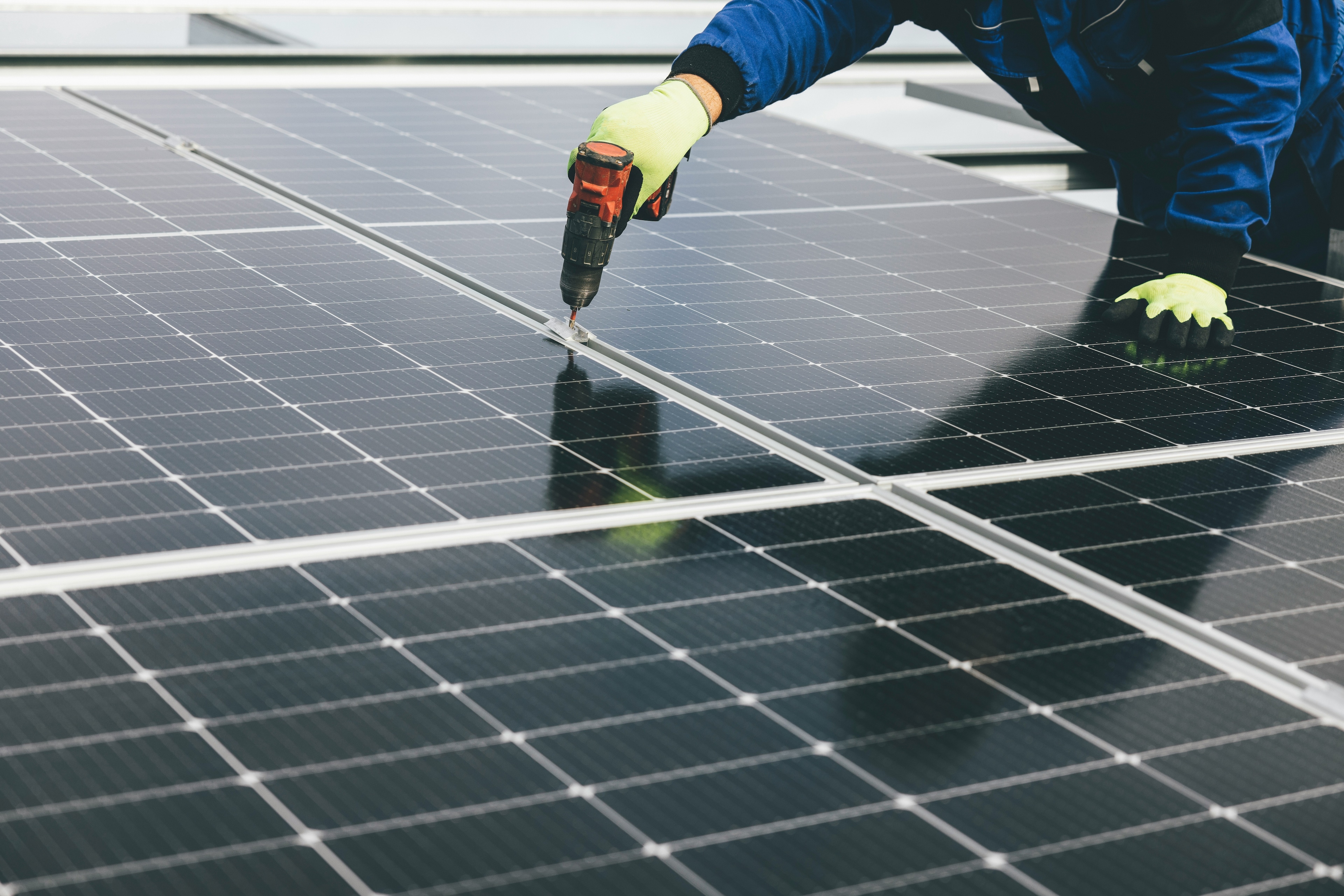This rechargeable battery could provide unlimited energy

Scientists are exploring graphene’s ability to ‘ripple’ into the third dimension.
Image: REUTERS/Nick Carey
Stay up to date:
Electronics
Graphene is a modern marvel. It is comprised of a single, two-dimensional layer of carbon, yet is 200 times stronger than steel and more conductive than any other material, according to the University of Manchester, where it was first isolated in 2004.
Graphene also has multiple potential uses, including in biomedical applications such as targeted drug delivery, and for improving the lifespan of smartphone batteries.
Now, a team of researchers at the University of Arkansas has found evidence to suggest graphene could also be used to provide an unlimited supply of clean energy.
The team says its research is based on graphene’s ability to "ripple" into the third dimension, similar to waves moving across the surface of the ocean. This motion, the researchers say, can be harvested into energy.
To study the movement of graphene, lead researcher Paul Thibado and his team laid sheets of the material across a copper grid that acted as a scaffold, which allowed the graphene to move freely.

The researchers used a scanning tunnelling microscope (STM) to observe the movements, finding that narrowing the focus to study individual ripples drew clearer results.
In analysing the data, Thibado observed both small, random fluctuations, known as Brownian motion, and larger, coordinated movements.

As the atoms on a sheet of graphene vibrate in response to the ambient temperature, these movements invert their curvature, which creates energy, the researchers say.
Harvesting energy
“This is the key to using the motion of 2D materials as a source of harvestable energy,” Thibado says.
“Unlike atoms in a liquid, which move in random directions, atoms connected in a sheet of graphene move together. This means their energy can be collected using existing nanotechnology.”
The pieces of graphene in Thibado’s laboratory measure about 10 microns across (more than 20,000 could fit on the head of a pin). Each fluctuation exhibited by an individual ripple measures only 10 nanometres by 10 nanometres, and could produce 10 picowatts of power, the researchers say.
As a result, each micro-sized membrane has the potential to produce enough energy to power a wristwatch, and would never wear out or need charging.

Thibado has created a device, called the Vibration Energy Harvester, that he claims is capable of turning this harvested energy into electricity, as the below video illustrates.
Accept our marketing cookies to access this content.
These cookies are currently disabled in your browser.
This self-charging power source also has the potential to convert everyday objects into smart devices, as well as powering more sophisticated biomedical devices such as pacemakers, hearing aids and wearable sensors.
Thibado says: "Self-powering enables smart bio-implants, which would profoundly impact society."
Don't miss any update on this topic
Create a free account and access your personalized content collection with our latest publications and analyses.
License and Republishing
World Economic Forum articles may be republished in accordance with the Creative Commons Attribution-NonCommercial-NoDerivatives 4.0 International Public License, and in accordance with our Terms of Use.
The views expressed in this article are those of the author alone and not the World Economic Forum.
Forum Stories newsletter
Bringing you weekly curated insights and analysis on the global issues that matter.
More on Energy TransitionSee all
Tony Pan
August 27, 2025
Thomas Brostrøm and Sandeep Kashyap
August 26, 2025
Charles Bourgault and Sarah Moin
August 19, 2025
Jürgen Karl Zattler and Adrian Severin Schmieg
August 18, 2025
Piyush Verma
August 18, 2025







